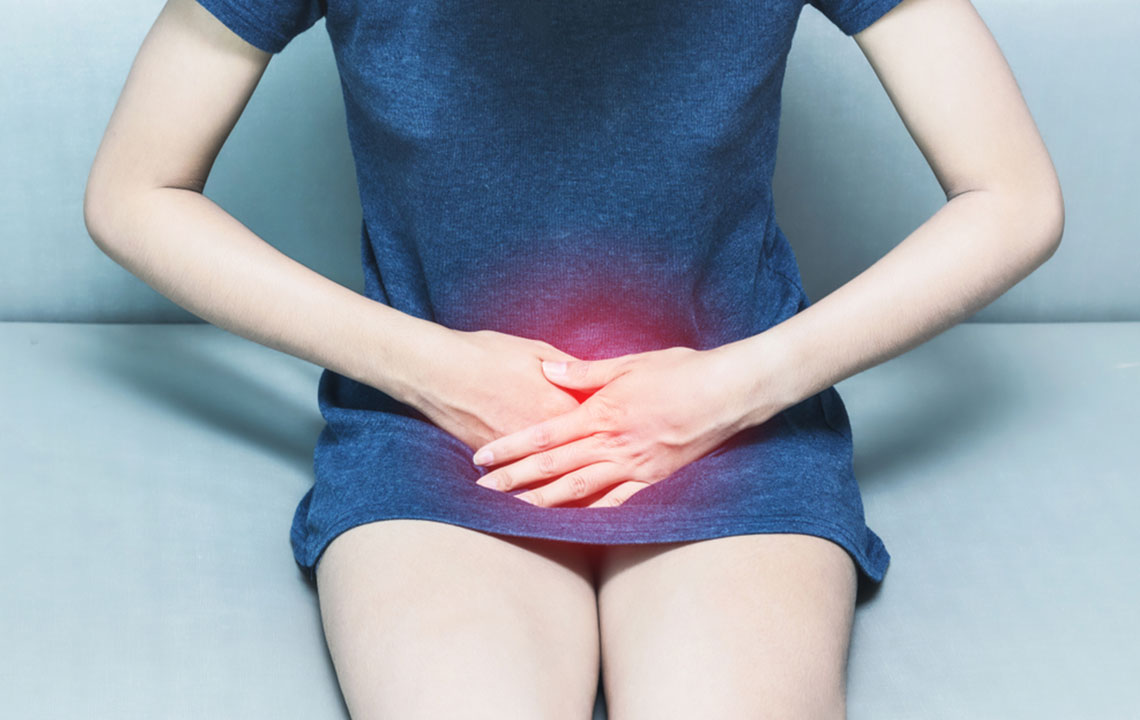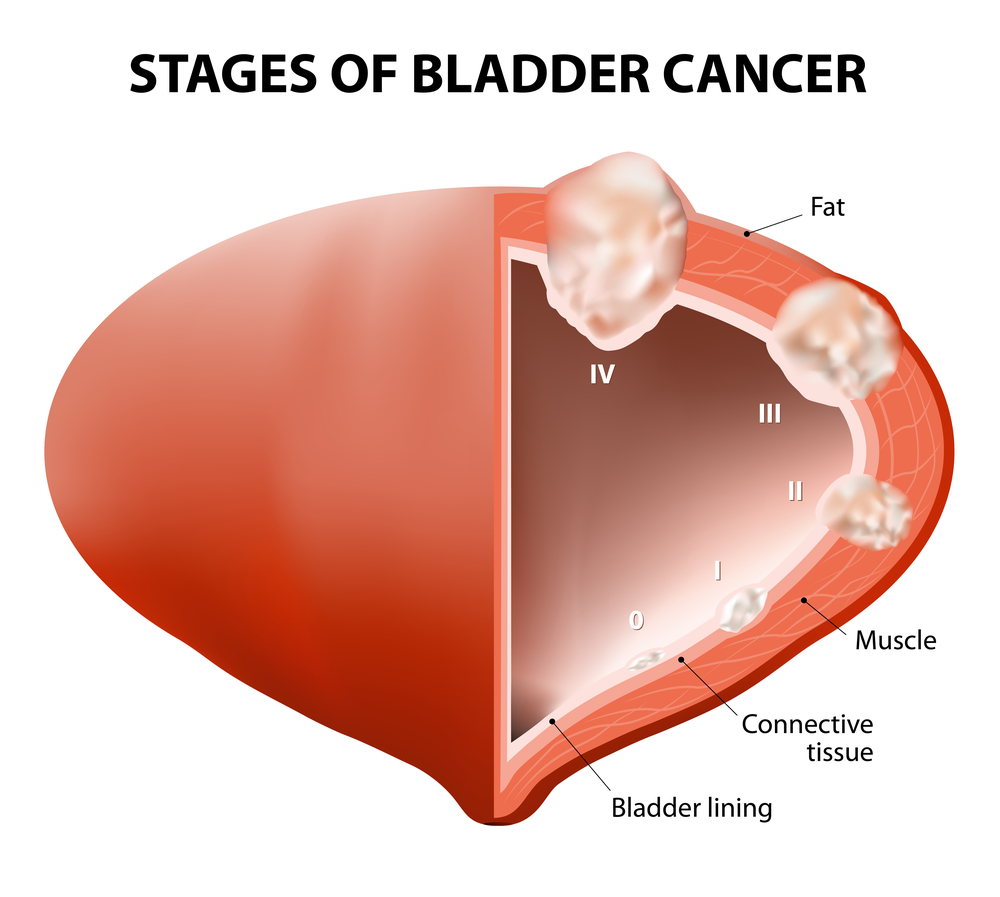Understanding Bladder Cancer Symptoms and Risks
This article offers a comprehensive overview of bladder cancer, highlighting its common symptoms, risk factors, and importance of early detection. It emphasizes medical consultation for symptoms like blood in urine and discusses factors such as smoking and chemical exposure that increase risk. Including advice on follow-up care, the article aims to inform readers about understanding, recognizing, and managing bladder cancer effectively.

Understanding Bladder Cancer Symptoms and Risks
The bladder is responsible for storing urine produced by the body. Bladder cancer originates in the bladder's lining, affecting its tissues. According to the National Institutes of Health, about 45,000 men and 17,000 women are diagnosed annually with this disease.
This cancer begins when carcinogens damage the urothelial cells lining the bladder. Though most cases occur in the bladder, other parts of the urinary tract can also be affected.
Approximately 70% of cases are identified early, which improves treatment outcomes. Nonetheless, early-stage bladder cancer tends to recur frequently, necessitating long-term follow-up to monitor for relapse or progression.
Common symptoms include:
Hematuria (blood in urine)
Pain during urination
Pelvic discomfort
Blood may cause urine to appear bright red or may be present only at a microscopic level, making it invisible to the naked eye.
Bladder cancer may also lead to:
Frequent urination
Lower back pain
However, these symptoms can also be caused by other health issues, so consulting a doctor is essential if you notice any signs.
When to Seek Medical Attention
If you observe blood in your urine or experience any symptoms linked to bladder cancer, consult a healthcare professional promptly.
Risk Factors for Bladder Cancer
Smoking significantly increases the risk, contributing to nearly half of all cases among both men and women. Additional risk factors include:
Exposure to hazardous chemicals
Repeated bladder infections
Low fluid intake
Age over 55
High dietary fat intake










